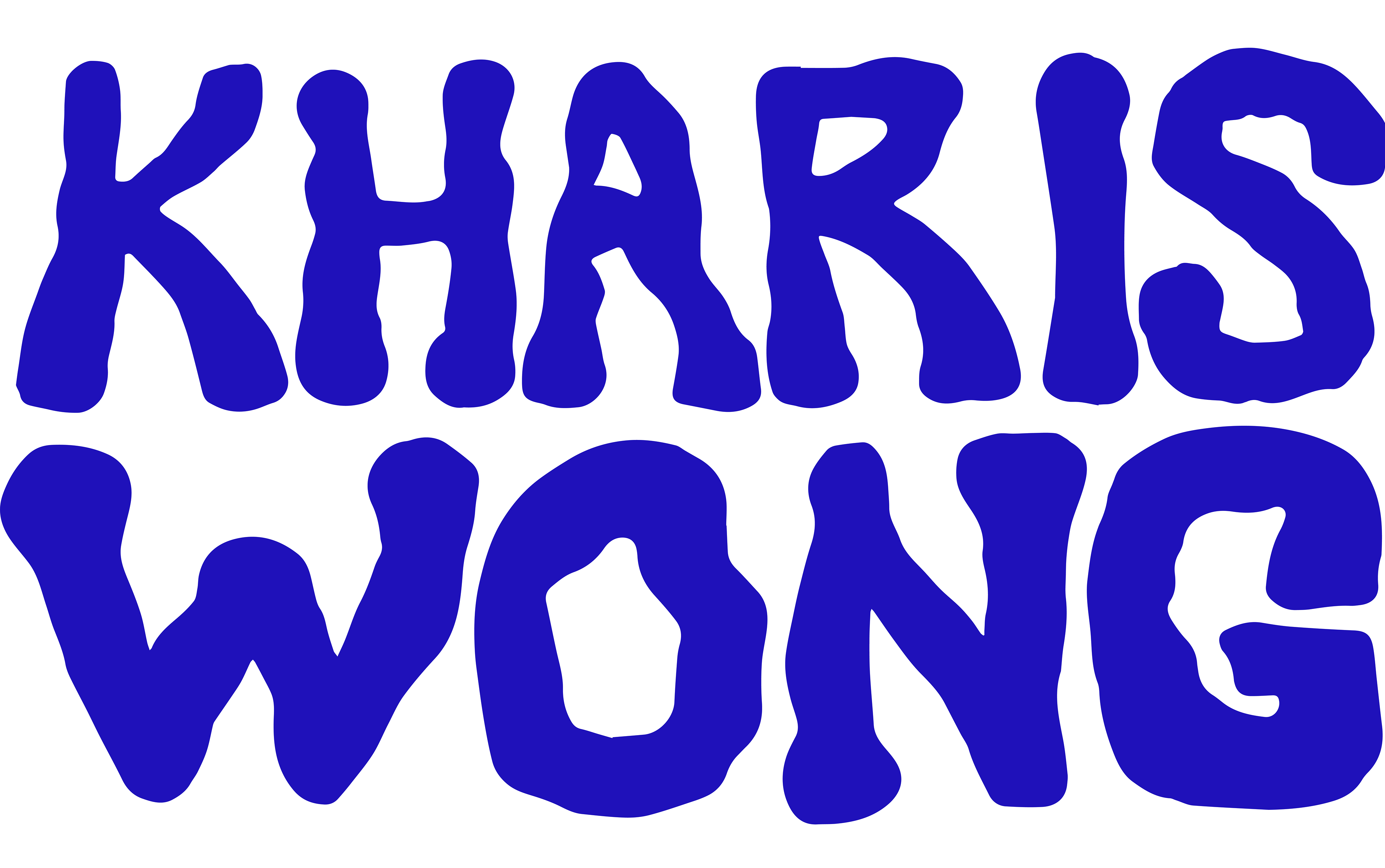Hakone Sculpture Park is an art gallery located in a national park, just outside of Tokyo. The park owners believed that appreciation and understanding of art should be accessible to everyone. They wanted to achieve this by using technology to enhance visitors’ experience of their collection. I addressed this by researching experiential designs for exhibitions and visitor reviews for the museum. My solution was an app which contained a location aware audio guide and accompanying music for an immersive experience.
Inspiration
I was really interested in the technology behind ‘The O’, designed for the MONA gallery in Tasmania. The O, is an app that provides location-based content for visitors to the MONA gallery. I used this as a starting point for my solution for the Hakone Sculpture Park.
Research...
Business:
The museum has a large exhibition and park area. It is visited by local and international tourists, art lovers and art agnostics, surrounded by amazing views and many other tourist attractions.
User:
To obtain information on the user, I looked at the Google reviews. Common themes included how large an area there was to cover with lots of walking, it was good for children, it was nice how it changed throughout the seasons and how visitors could be immersed in art and nature together. Visitors would typically spend 2-3 hours there and commented that it was a great visit even if you were not that interested in art.
Based on my research I came up with two questions:
Business:
How could the sculpture park elevate the user experience accounting for it’s diverse range of visitors?
User:
How could the visitors feel engaged, valued, and cared for during their 2-3 hours exploring this large area?
My solution to these two questions...
Let’s make appreciation and understanding of art more accessible using technology:
- Downloadable app
- Containing informative inclusive dialogue on the park and artworksLocation aware technology providing routes, rest areas and pacing advice
- Curated music option to accompany your walk.
- Containing informative inclusive dialogue on the park and artworksLocation aware technology providing routes, rest areas and pacing advice
- Curated music option to accompany your walk.
User journey to open the app:
User journey to start the audio guide:
This audio guide knows where you are in the park. You just need to start walking and the relevant information will pop up for you to click on.
I looked further into how to improve accessibility to the service (considering the elderly, neurodiverse, LGBTQi, children):
I identified two groups, people who can download the app and people who can’t download or use the app.
People who can download the app:
- Easy access mode (in app and irl): consider providing routes, rest areas and pacing advice, tone of voice, type of voice, colours, text size, reduce number of buttons
- Content aware design: do the audio descriptions of the artwork include social context? Feminist lens? Self aware? Not snobby?
- Interactive activities for children
- Content aware design: do the audio descriptions of the artwork include social context? Feminist lens? Self aware? Not snobby?
- Interactive activities for children
For people who can’t download the app:
Group option: ability to group devices and headsets and allocate one person within the group to control the app for their group. They can be the tour guide! We can provide them with fun hats.
- Low tech option: Printed booklet and location aware audio guide (no self selection available). Also many people like a printed item to take home as memorabilia.
- Low tech option: Printed booklet and location aware audio guide (no self selection available). Also many people like a printed item to take home as memorabilia.
